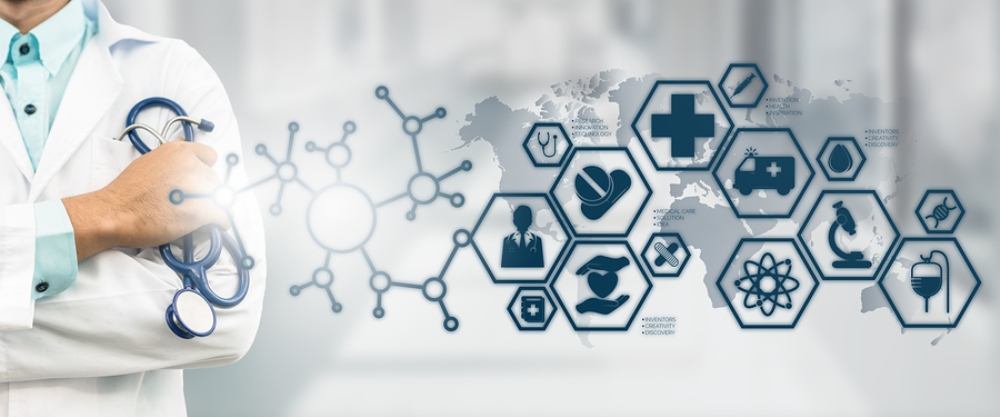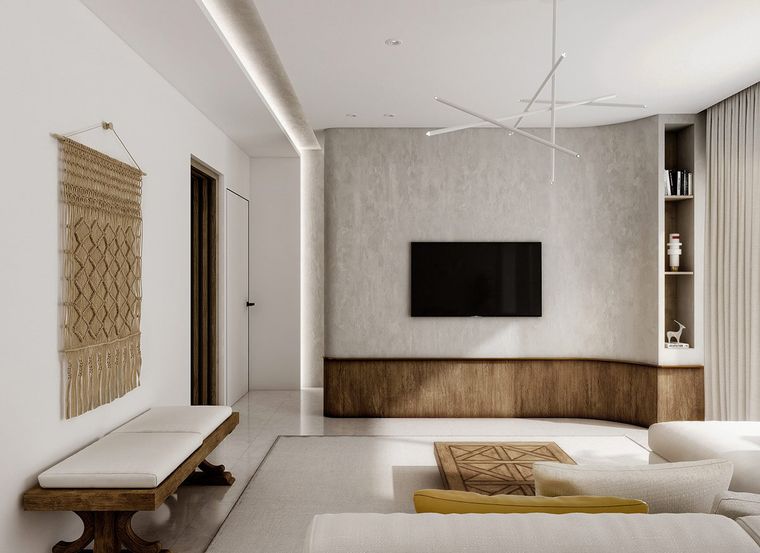Table of Content
Through smart devices or built-in software on your smartphone, you can check your mood, daily steps, food consumption, and even the duration of your sleep. Through the use of this technology, the social care industry may be able to better understand individuals and identify gaps in care. Effect of computerized provider order entry with clinical decision support on adverse drug events in the long-term care setting. Similarly, medical apps and wearables help patients and doctors work to improve health. Doctors and nurses can monitor vital signs of patients without them being in the office.
The workshop participants found that it was hard to talk to each other, Nilsen said. The technologists tend to think that all health care professionals are clinicians, she said, and the clinicians tend to think that all people involved with technology are programmers, but many partitions exist in both fields. “We really need to think about each other as complementary disciplines that work together for a common goal,” she said. One distinction that can be made among types of technologies is whether they are active or passive. Someone must operate an active technology, Demiris said, whether it is hardware or software. Active and passive technology can also be distinguished according to whether the user needs training.
Planting the seeds of value based care in the emergency department
Digital records are held centrally so managers can analyse the information entered by staff to confirm, for example, that a person has received medication. They can also check when incidents such as falls tend to occur and change staffing patterns if deemed helpful. For the latest news and developments in the care home industry, head on over to our blog.

The treatment of chronic disorders like diabetes and high blood pressure could be improved. Thomas E. Edes, U.S. Department of Veterans Affairs , noted that in the VA's home-based primary care program, patients who receive 10 or more visits are recognized as having more complex conditions and are moved into a higher cost category. To measure productivity within Almost Family, Inc., Kashaul said that the organization has developed an equivalency measure, in which some number of telehealth visits has been equated to one in-person visit. With this system , staff who are paid per patient visit do not feel penalized for telehealth visits, he said.
Senior Capex Project Manager (m/w/d)
Smart bed technology gives nurses a constant in-room monitor that provides them with regular updates and communications on a patient’s activities. It can also help them identify patterns, which can lead to a new diagnosis or a different understanding of a condition. Automated IV kits give nurses opportunities to focus on other areas of work, instead of having to measure and give medication or food. Hospitals all have different kinds of automated IV pumps, so training and education is often based on the specific hospital or clinic where nurses work. Software and medical tech allows nurses to change the drip amounts and medication doses so patients aren’t waiting for changes.
Lifting robots have been deployed in only 8% of care and nursing homes in Japan, with a main issue other than cost being the mindset that robots simply can’t provide care. While we’re very much at the stage where robots in care homes are used purely for administrative tasks, this shows the incredible potential they bring for the future. Similar to smartphones and tablets, care homes are finding smartwatches particularly beneficial for dementia residents, who may have become disoriented and wandered off.
Sleep and Dementia
The care sector is in a time of change, and while there is a degree of uncertainty as to what the future holds, the opportunities are also exciting. Currently, only some care homes take advantage of the technology already on offer, so there is still a huge way to go to achieve mass implementation. Demiris acknowledged these challenges, adding that the technology itself may become outdated, given how long it takes to plan and carry out a randomized trial. For these reasons, the use of “pragmatic clinical trials” or greater flexibility in the research protocol may be useful and allow the inevitable evolution of technology over the period of the research . Another difficult question applies to monitoring technologies and, especially, cameras.
Digital clocks and calendars are a helpful tool for many people living with Dementia who find it difficult to keep track of the date and time. This simple yet effective use of technology has the potential to make a real positive difference to some care home residents. Despite these ethical challenges, we will continue to explore the benefits and application of AT in our work both in the development of the Home Spirit Tool , and in the development of our training. We aim to give our learners the confidence to explore the ethical dilemmas openly as well as engage the people that they support in these conversations.
Active versus Passive Technologies
He described a paraplegic patient who lay in bed for 3 days without food or water because he could not reach the phone and could not afford the $30 per month needed for a wearable alert device. Although Boling was confident that technologies can work, he said that they often fail because they are implemented to serve the developer's business model and not the needs of the population that could benefit. Cindy Krafft, American Physical Therapy Association, said that some of the technologies in development have great potential to support patient functionality and activities of daily living. Still, she said, home health care agencies cannot make assumptions about their patients' ability to use the technology. Krafft gave the example of a case in which telehealth was used to report weight on a daily basis. However, she noted, home health care nurses need to be sure that patients can get on and off the scale by themselves; often, they cannot, which can lead to inaccurate data reporting.

It allows for faster record keeping, and helps patients and nurses maintain consistent monitoring of health. In the U.S., nursing home staff and residents have made up nearly 25 percent of coronavirus deaths. Outbreaks among nursing homes are not directly connected to resident demographics or even local infection rates.
Quick communication in messaging apps can be important in care homes, allowing residents to easily stay in touch with their loved ones and care staff. There are various ways in which technology can be utilized to improve the care and support provided to residents in these settings. Technology in care homes is undoubtedly an exciting development, and it’s clear to see the benefits it has brought the industry in such a short space of time.
Brady further noted that FDA has a guidance for industry related to premarket concerns.2 She said that many types of technology that were not designed for nonclinical and home use are being used outside the clinical environment . The guidance asks industry to consider the design, the users, and the physical environment in which a device will be used. One example of research on smart home technologies for people living in retirement communities involves the use of stove sensors, motion sensors, and sensors that detect water and electricity consumption, Demiris said.
This helps patients with a quick diagnosis without leaving the comfort of their own home. They can find out if they need to come in for further testing or diagnosis, get a prescription for medicine, or get medical advice. Electronic Health Records allow nursing experts to document care provided to patients and retrieve information that can help prioritize care. Additionally, information entered into computer systems can then be accessed by the care team, including doctors and even patients themselves when necessary.

Technology can also monitor the health and well-being of residents in care homes. This can include wearable devices, such as fitness trackers or smart watches, which can track vital signs, such as heart rate and activity levels, and alert care staff to potential issues. The future is exciting when it comes to assistive technology in care homes, with undergoing research looking at monitoring patients through the use of radars and acoustic monitoring.
The ‘ethics’ conversation is mainly driven by the professionals working in the sector. Developers and ‘modernists’ are concerned with the benefits and use of AT in saving time, and creating efficiencies. There is also the ‘political’ conversation stating the economic benefits of the telehealth, and telecare markets and the role of industry in influencing, or managing vested interests. Then finally there is the ‘change management’ conversation which argues that there is a mismatch between the system, and actual work practices, and work needed to be completed to address this. These conversations create tensions in the development and uptake of AT, and there is boundless interconnectedness between these. Increase engagement, support independence through multiple mechanisms , facilitate proactive and preventative health monitoring, improve wellbeing through multiple domains and relieve carers stress.

No comments:
Post a Comment